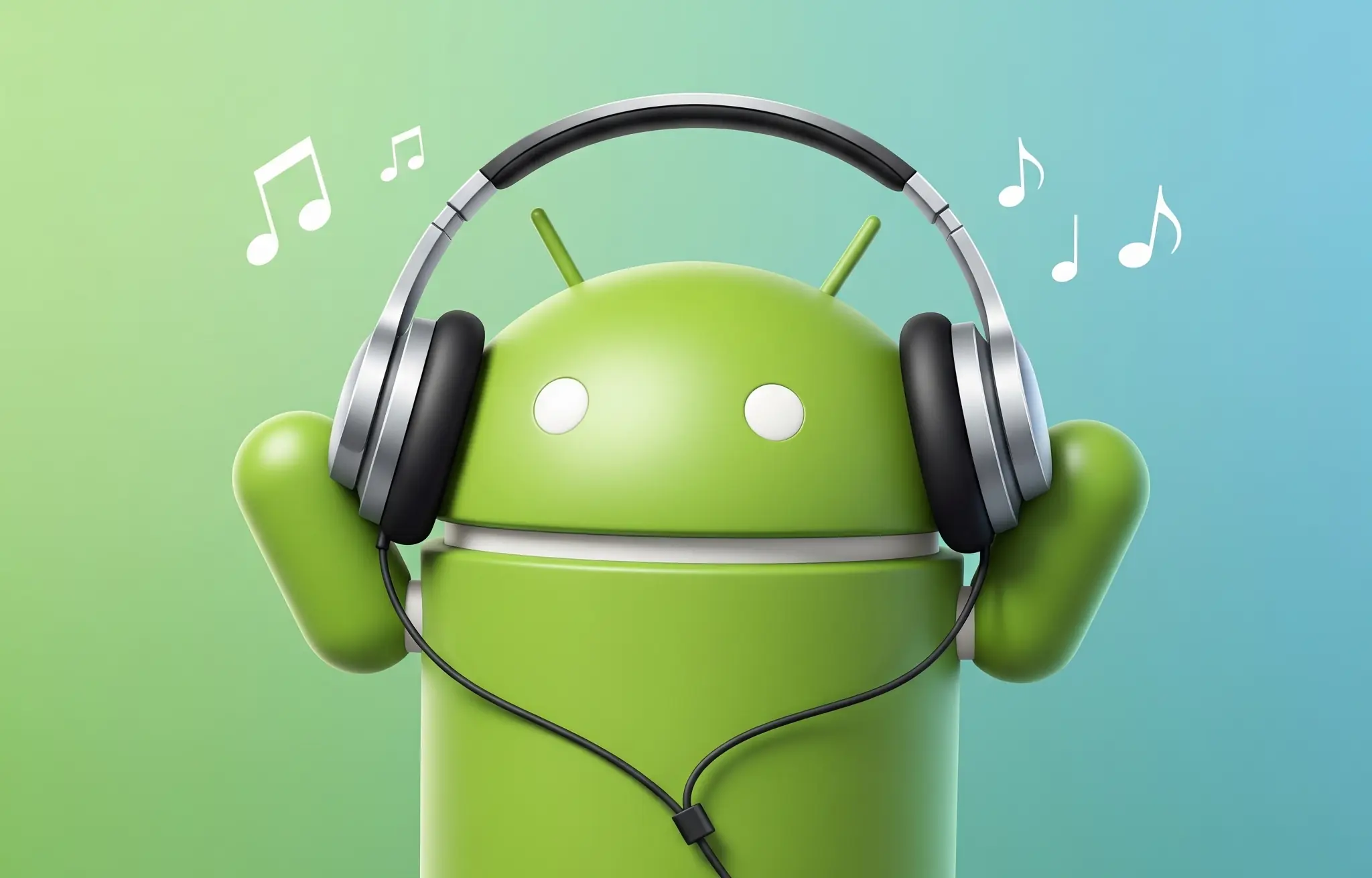 Häromveckan såg vi Android 1.6 SDK släppt och tidigare idag släpptes även Android 1.6 för ADP1- samt Google Ion-telefoner. Nu har turen kommit till Android 1.6 NDK, vilket för utvecklare av applikationer och spel är av stort intresse.
Häromveckan såg vi Android 1.6 SDK släppt och tidigare idag släpptes även Android 1.6 för ADP1- samt Google Ion-telefoner. Nu har turen kommit till Android 1.6 NDK, vilket för utvecklare av applikationer och spel är av stort intresse.
Nytt i 1.6 NDK är bland annat (utökat?) stöd för grafikacceleration genom OpenGL ES 1.1 (oerhört välkommet), stöd för enheter som rullar med både Android 1.5 och 1.6 för maximal bakåtkompatibilitet samt ett antal buggfixar.
Saxat från Android Developers:
Today Android 1.6 NDK, release 1 is available for download from the Android developer site.
To recap, the NDK is a companion to the SDK that provides tools to generate and embed native ARM machine code within your application packages. This native code has the same restrictions as the VM code, but can execute certain operations much more rapidly. This is useful if you’re doing heavy computations, digital processing, or even porting existing code bases written in C or C++.
If you already use the Android 1.5 NDK, upgrading to this release is highly recommended. It provides the following improvements:
* The ability to use OpenGL ES 1.1 headers and libraries If your application targets Android 1.6, your native code can now directly call OpenGL ES 1.1 functions to perform graphics rendering. This will help those programs that need to send large amounts of vertex data to the GPU. Note, however, that activity lifecycle and surface creation must still be performed from the VM. This NDK contains a new sample (”san-angeles”) that shows exactly how to do that with a GLSurfaceView object.
* The ability to target either Android 1.5 or 1.6 devices The NDK parses your project’s properties to know which platform release it is targeting. It will then automatically use the proper headers and libraries to generate your native code. Any application that targets 1.5 will run on Android 1.5, Android 1.6 and any future official system release. Targeting 1.6 should, thus, only be done if your application requires new 1.6 features / APIs, like the ability to call OpenGL ES 1.x headers from native code.
* The ability to put your native sources under your application’s project tree You can now conveniently place all your sources (C, C++ and Java) under the same tree, for editing or version control purposes.
* Many fixes to the NDK’s build scripts The changes to the build scripts fix some annoying bugs and also increase host system compatibility.


) 359
359